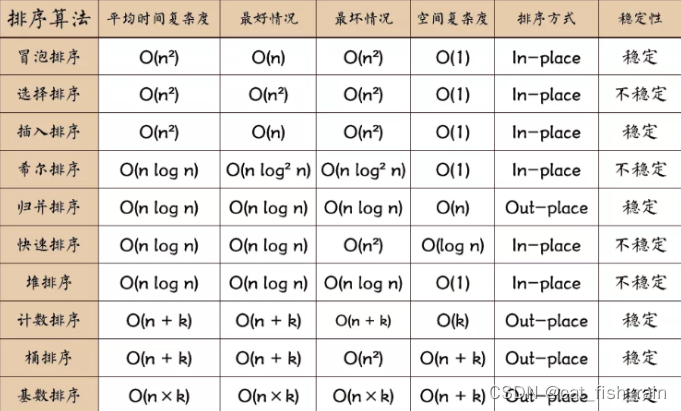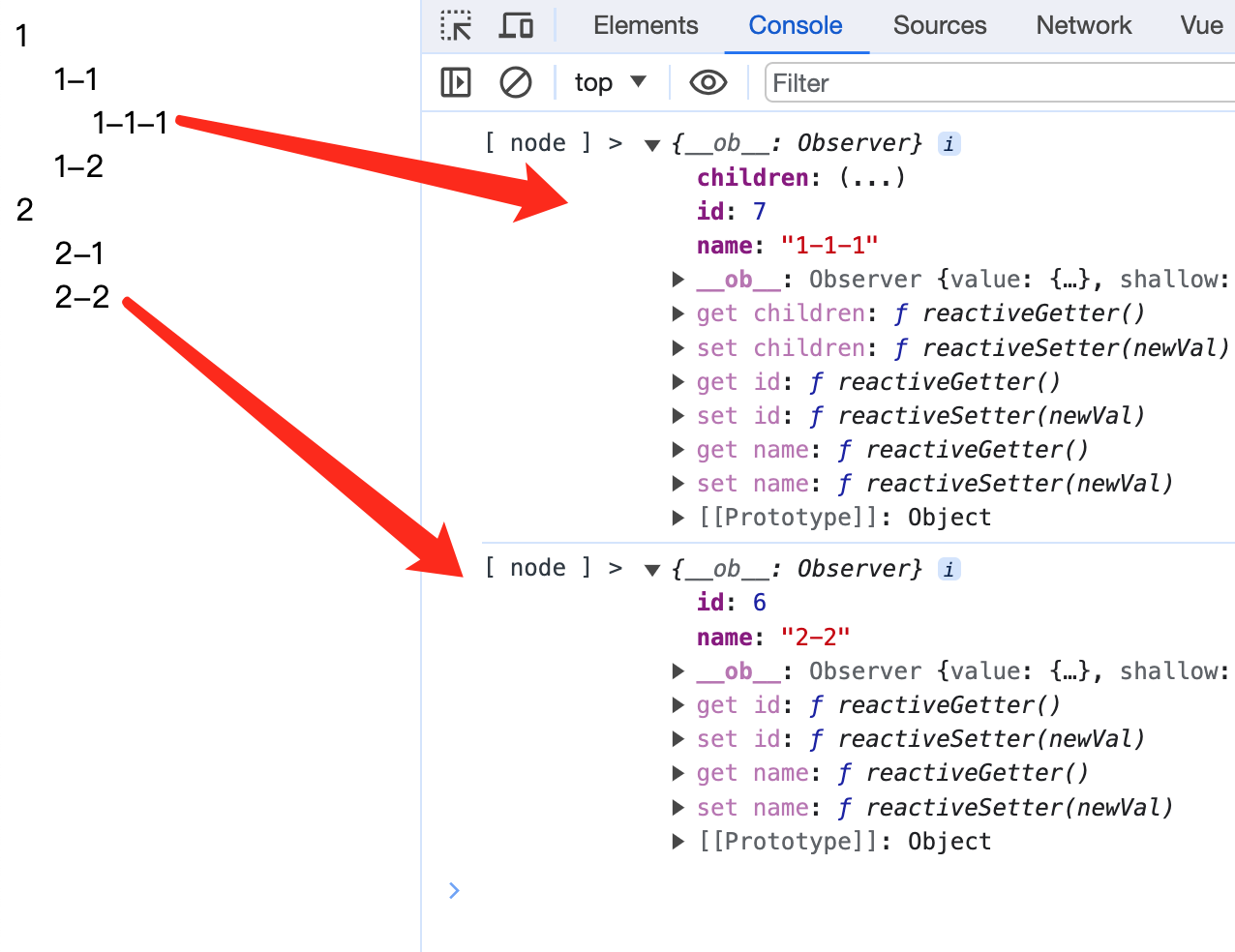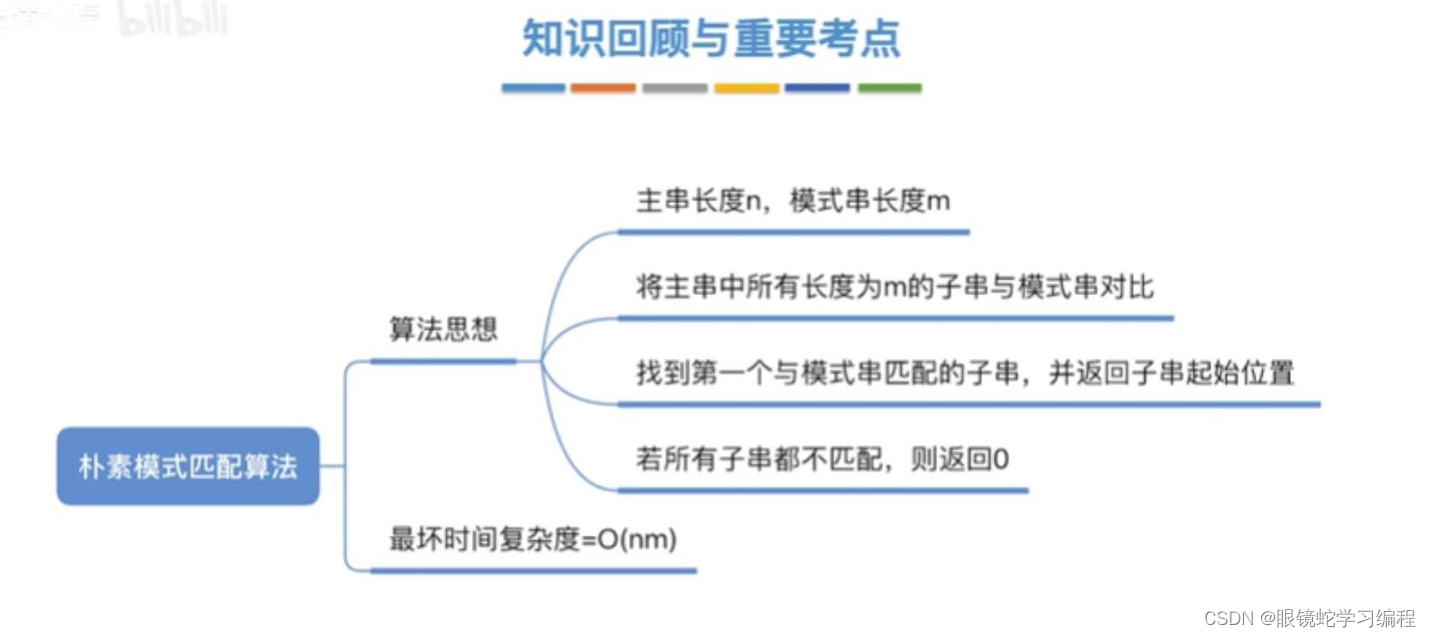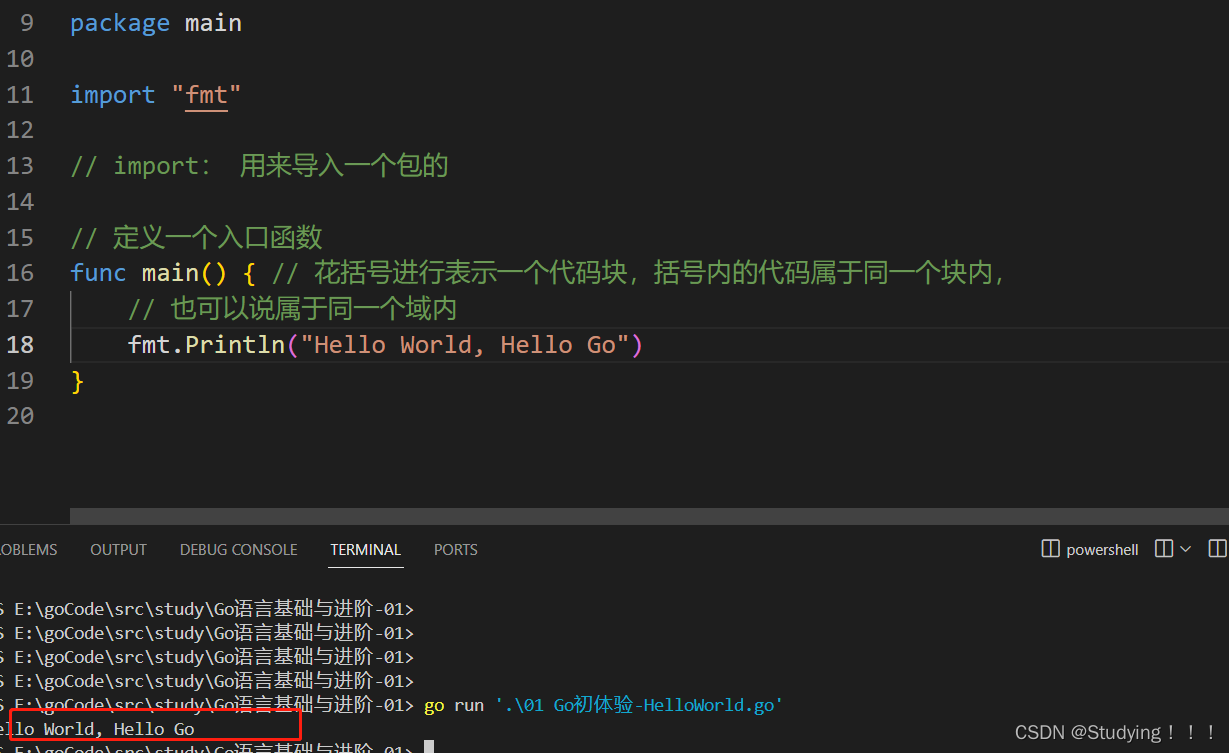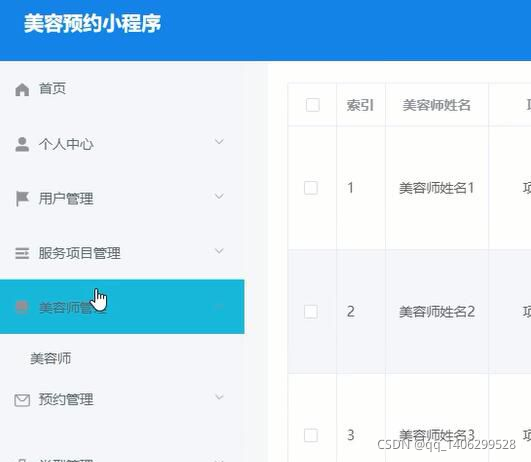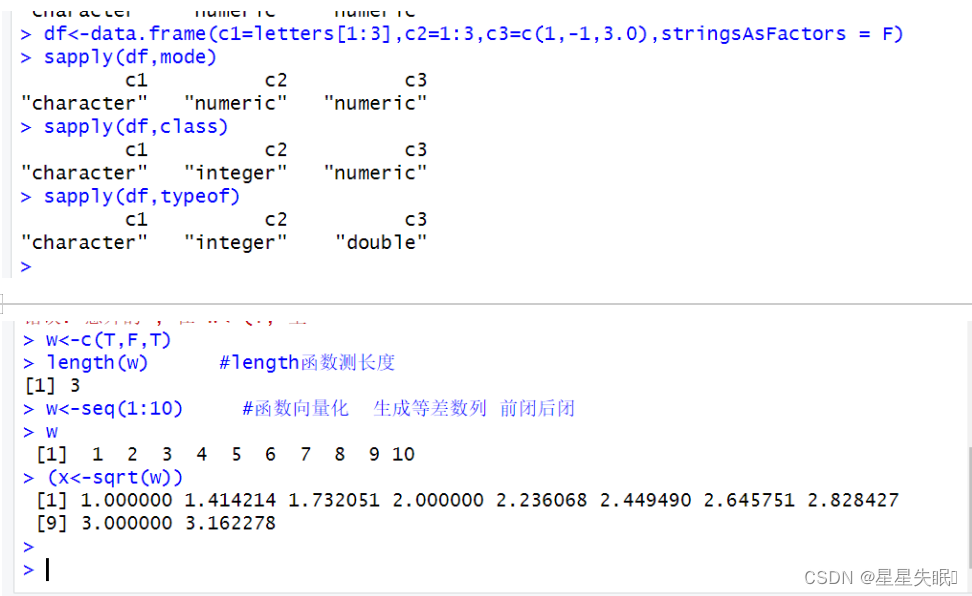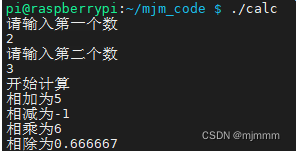进程间的通信——IPC
进程间通信 (IPC,InterProcess Communication) 是指在不同进程之间传播或交换信息。
IPC的方式通常有管道 (包括无名管道和命名管道) 、消息队列、信号量、共享存储、Socket、Streams等。其中 Socket和Streams支持不同主机上的两个进程IPC。
单机:若是在单一机器上,则为单机通信
半双工管道
全双工管道
消息队列
信号量
共享内存
多机:多台机器上,为网络通信
网络通信种类如下:
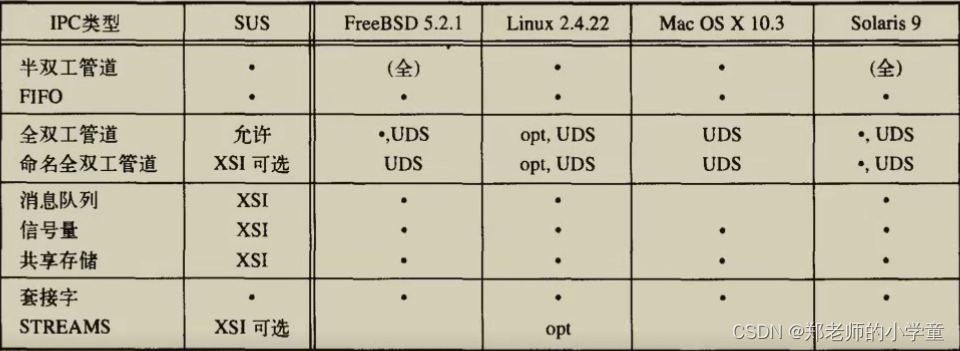
管道
管道,通常指无名管道(之所以叫无名管道是因为没有文件名),是 UNIX 系统IPC最古老的形式。
特点
(1)它是半双工的(即数据只能在一个方向上流动),具有固定的读端和写端。
(2)它只能用于具有亲缘关系的进程之间的通信(也是父子进程或者兄弟进程之间)。
(3)它可以看成是一种特殊的文件,对于它的读写也可以使用普通的read、write 等函数。但是它不是普通的文件,并不属于其他任何文件系统,并且只存在于内存中。
(4)管道中不储存数据,数据写进后读取就会消失,类似于水流。
原型
#include <unistd.h> //函数pipe包含的头文件
int pipe(int fd[2]); // 返回值:若成功返回0,失败返回-1
当一个管道建立时,它会创建两个文件描述符: fd[0]为读而打开,fd[1]为写而打开。如下图:
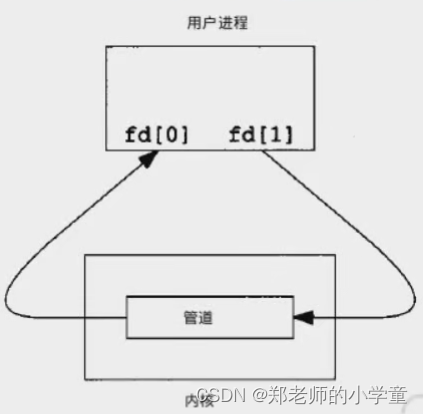
要关闭管道只需将文件描述符关闭即可。
close(fd[0]);
close(fd[1]);创建
单个进程中的管道几乎没有任何用处。所以,通常调用 pipe 的进程接着调用 fork,这样就创建了父进程与子进程之间的 IPC 半双工通道。如下图所示:
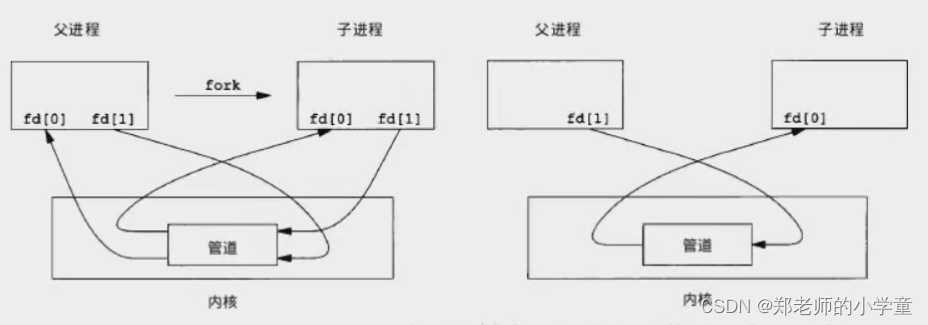
左图为调用fork函数创建了IPC半双工管道,右图为父进程到子进程的管道。
代码示例
#include<stdio.h>
#include<unistd.h>
#include<string.h>
#include<stdlib.h>
int main()
{
int pid=0;
int fd[2];
char buf[128];
if(pipe(fd) == -1)//如果管道创建失败
{
printf("creat pipe failed\n");
}
pid=fork();
if(pid<0)//创建子进程失败
{
printf("creat failed\n");
}
else if(pid >0)//进入父进程
{
printf("this is father\n");
close(fd[0]);//关闭读文件描述符
write(fd[1],"read from father",strlen("read from father"));//将内容写入管道中
wait();//等待子进程
}
else//进入子进程
{
printf("this is child\n");
close(fd[1]);//关闭写文件描述符
read(fd[0],buf,128);//将管道中内容读取到buf
printf("read form father:%s\n",buf);
exit(0);//子进程退出
}
return 0;
}
以上代码实现了管道通信,但read在没有读取到内容时会阻塞,直到读取内容后才正常运行,可以做以下调试:
#include<stdio.h>
#include<unistd.h>
#include<string.h>
#include<stdlib.h>
int main()
{
int pid=0;
int fd[2];
char buf[128];
if(pipe(fd) == -1)//如果管道创建失败
{
printf("creat pipe failed\n");
}
pid=fork();
if(pid<0)//创建子进程失败
{
printf("creat failed\n");
}
else if(pid >0)//进入父进程
{
sleep(3);//进入父进程后睡眠3秒再运行
printf("this is father\n");
close(fd[0]);//关闭读文件描述符
write(fd[1],"read from father",strlen("read from father"));//将内容写入管道中
wait();//等待子进程
}
else//进入子进程
{
printf("this is child\n");
close(fd[1]);//关闭写文件描述符
read(fd[0],buf,128);//将管道中内容读取到buf
printf("read form father:%s\n",buf);
exit(0);//子进程退出
}
return 0;
}
方案是创建父进程后让其睡眠3秒后再执行父进程中的代码,可见在睡眠时子进程先运行其代码,但并没有执行read函数,此时表现为堵塞状态,直到3秒后父进程正常运行并将内容写入管道中,子进程才读取管道中的内容并成功打印。
FIFO
FIFO,也称为命名管道,它是一种文件类型。
特点
1.FIFO可以在无关的进程之间交换数据,与无名管道不同。
2.FIFO有路径名与之相关联,它以一种特殊设备文件形式存在于文件系统中。
原型
#include <sys/stat.h>
int mkfifo (const char *pathname, mode t mode) ;// 返回值: 成功返回0,出错返回-1第一部分参数是文件的路径,第二部分的 mode 参数与open函数中的 mode 相同。一旦创建了一个 FIFO,就可以用一般的文件1/0函数操作它。如:open、read、write等函数。
当 open 一个FIFO时,是否设置非阻塞标志 (O_NONBLOCK) 的区别:
- 若没有指定O_NONBLOCK(默认),只读 open 要阻塞到某个其他进程为写而打开此 FIFO。类似的,只写 open 要阻塞到某个其他进程为读而打开它。
- 若指定了O_NONBLOCK,则只读 open 立即返回。而只写 open 将出错返回 -1 。如果没有进程已经为读而打开该 FIFO,其errno置ENXIO。
创建
FIFO的通信方式类似于在进程中使用文件来传输数据,只不过FIFO类型文件同时具有管道的特性。在数据读出时,FIFO管道中同时清除数据,并且“先进先出”。
代码示例
read.c
#include <stdio.h>
#include<unistd.h>
#include<string.h>
#include<stdlib.h>
#include <errno.h>
#include <fcntl.h>
int main()
{
int fd = 0;
int n_read = 0;
char buf[128];
if(mkfifo("./file",0600) == -1 && errno!=EEXIST)//判断管道出错原因是不是在于已经创建
{
printf("mkfifo failure\n");
perror("why");
}
else
{
if(errno==EEXIST)//管道已经创建
{
printf("file eexist\n");
}
else//管道未创建
{
printf("mkfifo successed\n");
}
}
fd = open("./file",O_RDONLY);//只写方式打开
printf("open file succeed\n");
n_read = read(fd,buf,128);//需要等待写入完毕才能读取,才能执行下列代码
printf("read %d byte from file,context is %s\n",n_read,buf);
close(fd);
return 0;
}write.c
#include<stdio.h>
#include<unistd.h>
#include<string.h>
#include<stdlib.h>
#include <errno.h>
#include <fcntl.h>
int main()
{
char *buf="hello word!!!!!!!!!!";
int fd;
fd = open("./file",O_WRONLY);//只写方式打开
printf("write file success\n");
write(fd,buf,strlen(buf));//将字符串内容写入fd中,写完才可以读取
close(fd);
return 0;
}


可见执行read文件时,显示管道已经存在后停止执行后续代码,当执行write文件后read文件继续执行后续代码,实现管道间的通信。
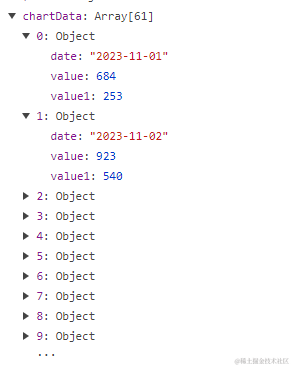
![[机缘参悟-119] :反者道之动与阴阳太极](https://img-blog.csdnimg.cn/a12b98b151cb497e841363d9869bb3d2.png)

